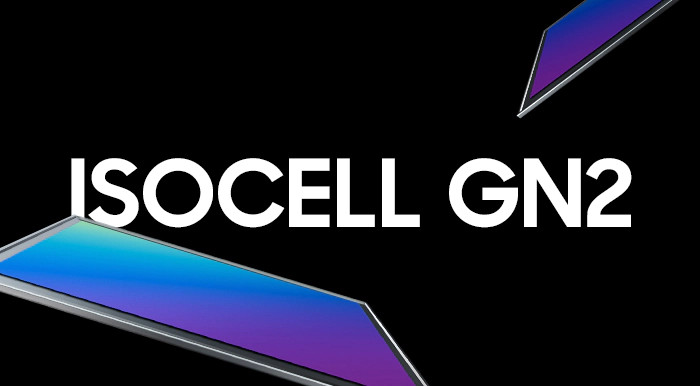
Samsung Electronics today introduced ISOCELL GN2, a new 50-megapixel (Mp) image sensor with large 1.4-micrometer (μm)-sized pixels. Notably, this is the company’s first image sensor to come with Dual Pixel Pro technology. This is the successor of last year’s Samsung GN1 sensor that is used in Vivo X60 Pro+, iQOO 5 Pro and more.
Highly versatile
The 1/1.12-inch ISOCELL GN2 is a highly versatile image sensor with 50 million 1.4μm-sized pixels. Samsung says in low-lit environments, the sensor can simulate a larger 2.8μm-pixel with four-pixel-binning technology to absorb more light, delivering brighter and sharper images.
For 100MP resolutions, the sensors rearrange color pixels using an intelligent re-mosaic algorithm, creating three individual layers of 50Mp frames in green, red, and blue. These frames are then up-scaled and merged to produce a single ultra-high 100MP resolution photograph.
Samsung also claims that the Staggered-HDR is able to reduce the energy consumption of a sensor by up to 24% when compared to the predecessor’s real-time HDR mode, contributing to the improved energy efficiency of the overall system.
The GN2 also supports full-HD videos at 480 frames-per-second (fps) or 4K at 120fps, enabling wider possibilities for mobile video-shooting. It also supports 8K video recording.
What is Dual Pixel Pro technology?
![]()
In conventional phase-detection systems, there will be dedicated autofocus pixels embedded throughout the sensor, typically making up just a small portion of the total pixels.
To create the left-looking and right-looking images for comparison, half of each pixel is blocked with metal so that they pick up light from just one side of the lens.
Using a larger number of these dedicated autofocus pixels can make phase-detection faster, but also can reduce the amount of light captured, resulting in loss of image quality.
And this is where Dual Pixel Pro comes into play.
The Dual Pixel Pro technology uses green pixels that divide photodiodes with a diagonal structure. These diagonally-split pixels compare the phase differences between the top and bottom of the pixel in addition to phase differences in the left and right sides.
Samsung says the Dual Pixel Pro delivers fast and accurate autofocus even under difficult conditions, such as low-lighting or fast-moving subjects.
According to the company, the GN2 offers up to 100Mp imaging and improved auto-focus, powerful staggered HDR, and vivid results through Smart ISO Pro, regardless of the lighting environment.
At present, the ISOCELL GN2 is in mass production and will be seen in the upcoming smartphones. Upcoming Mi 11 Ultra is said to be the first phone to use the sensor.
